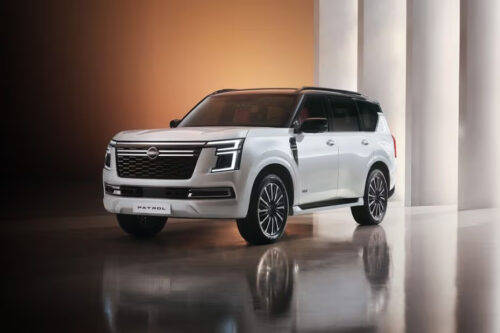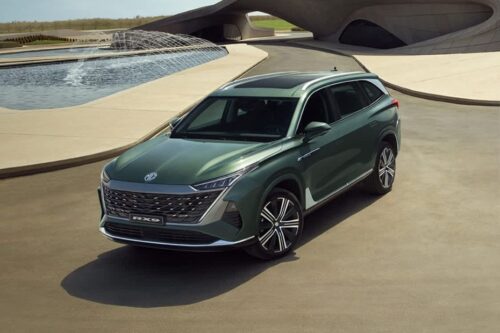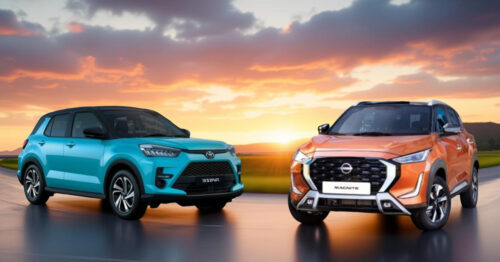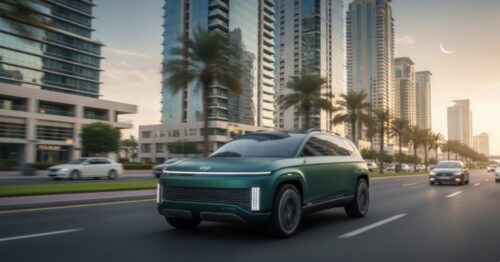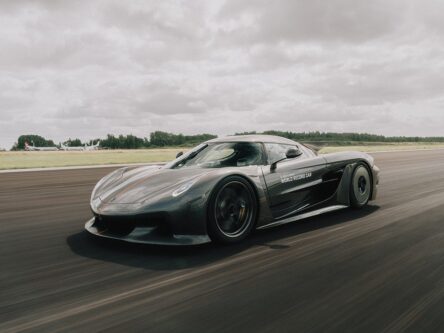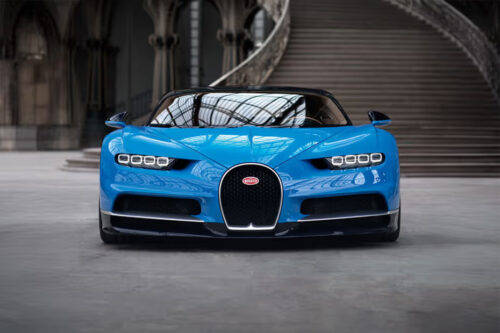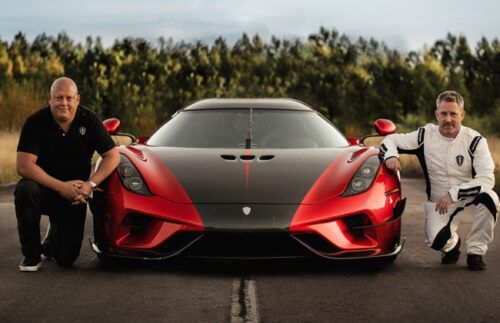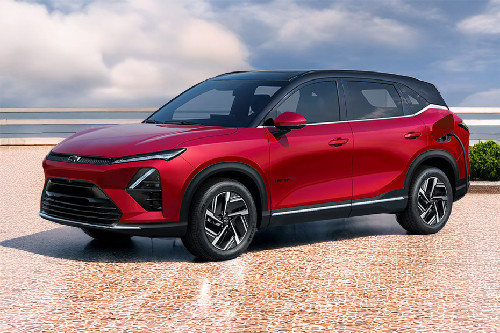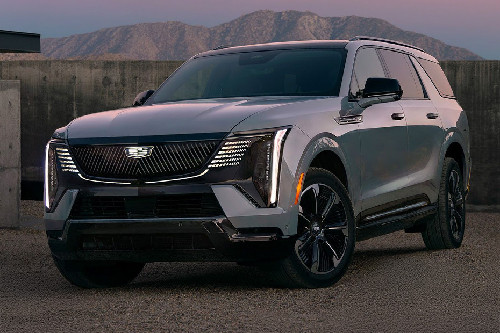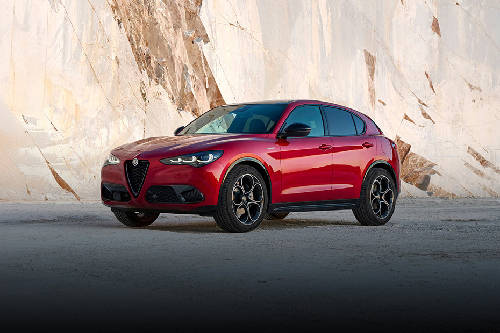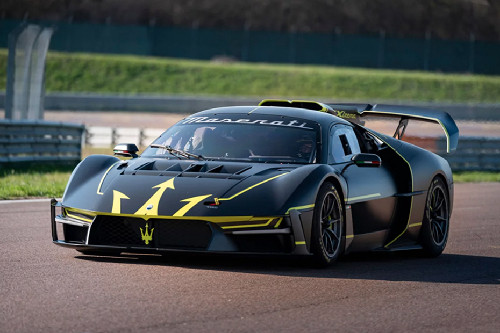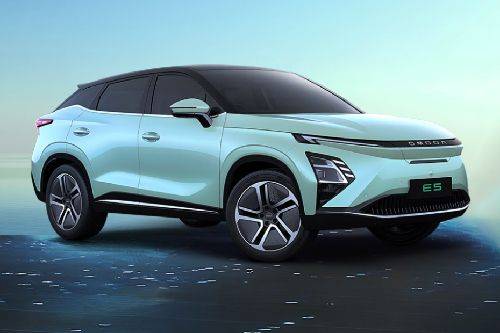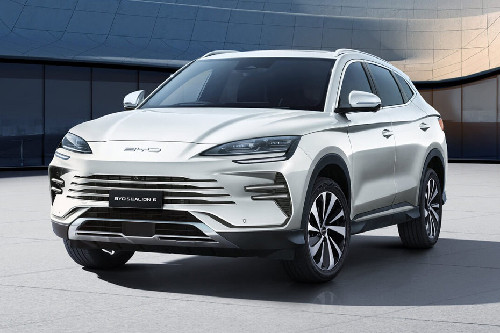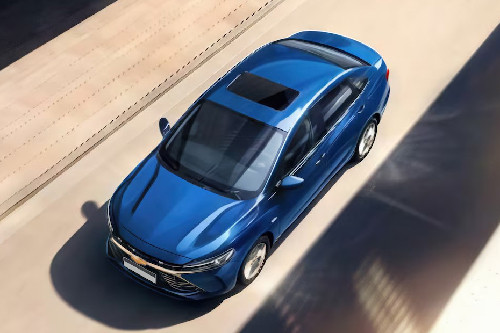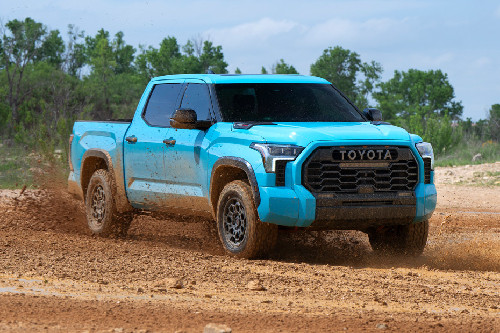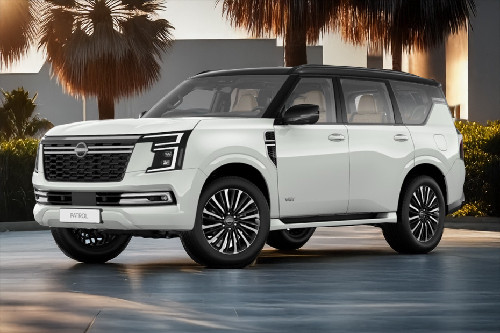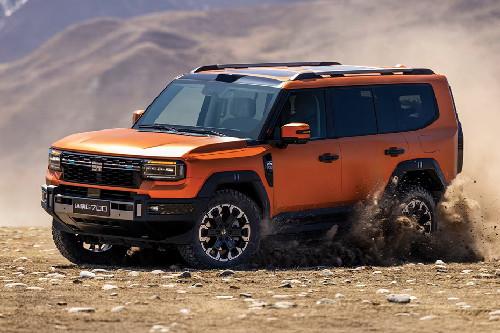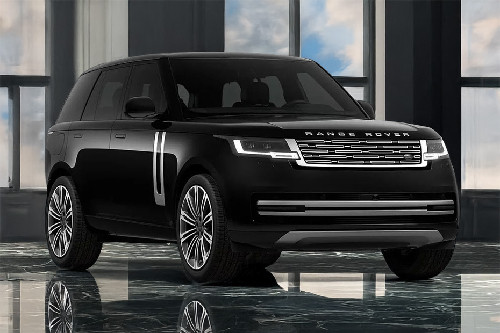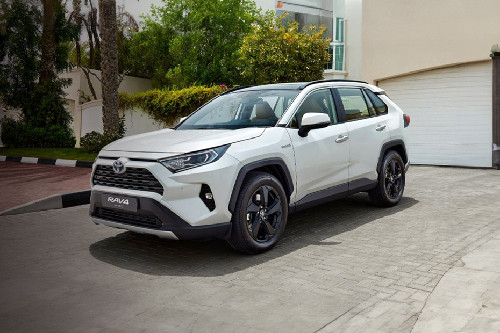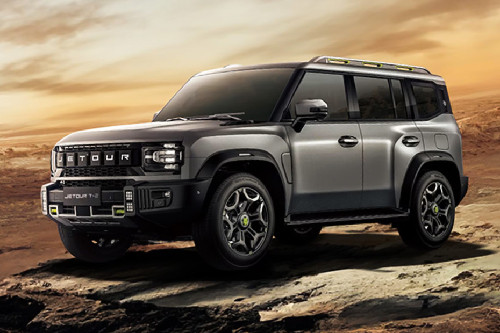1,600 bhp Koenigsegg Jesko debuts at Geneva Motor Show

ABU DHABI: The wait is finally over for the highly anticipated hypercar from the Swedish carmaker, Koenigsegg. This car, christened as Jesko, is the direct successor to the Agera. The name Jesko is a tribute to the father of Christian von Koenigsegg (founder and CEO), who helped guide the business and overcome any challenges it faced in its early years.

Looking at the Jesko you can see the inspiration derived from the Agera, but with a modern flair which gives it a distinct look. Compared to the Agera, the new Jesko is 30 mm taller and 40 mm longer. What this does is increase interior space and help better ingress/egress. Aerodynamics are a big part of the Jesko with the new front splitter (with active flaps), rear diffuser, and rear wing forming the core of the active aerodynamics. All these systems function to maximize downforce while minimizing drag. To put it into numbers, the Jesko can generate 40% more downforce (in its most aggressive aerodynamic setting) compared to the Agera RS. This translates to 800 kg at 250 kmph or 1,000 kg at 275 kmph before reaching the 1,400 kg maximum mark.
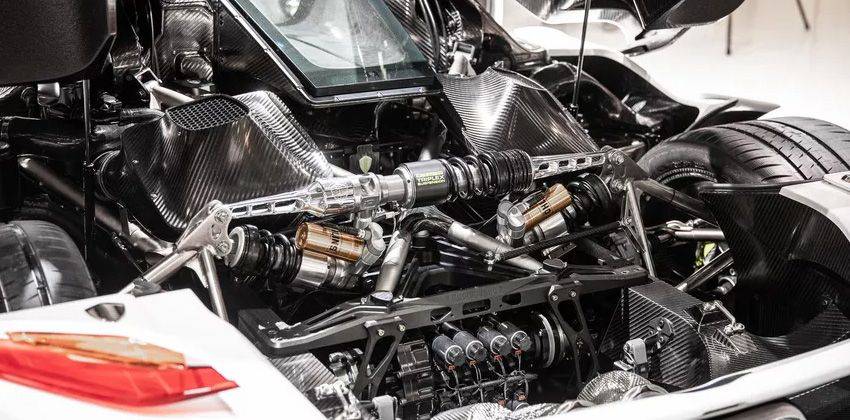
Step inside the Jesko, and you will be pleasantly surprised with all the non-performance oriented features. Premium materials like Alcantara, carbon-fibre, aluminium, glass, and leather have been used for various interior elements. Some of the features include a 9-inch SmartCentre infotainment system, SmartWheel steering wheel (with touch displays on the spokes), 5-inch SmartCluster digital instrument cluster, and powered seats.

Possibly the most impressive part of the Jesko is what lies under the hood. Koenigsegg still believes in internal combustion engines and has gone with their redesigned 5.0-litre twin-turbo flat-plane V8. There are no electric/hybrid systems being used. The power plant makes 1280 hp on regular petrol or 1600 hp with E85 fuel. Maximum torque of 1,500 Nm comes in at 5,100 rpm with over 1,000 Nm available anywhere between 2,700-6,170 rpm. To reduce turbo lag, Koenigsegg has fitted a small electric compressor to inject 20-bar of air at strategically timed intervals. The fuel injection system has also been redesigned and features a 3rd injector (the first car to have this setup) which ensures cleaner combustion and creates less strain on the engine at higher speeds. All this power is sent to only the rear wheels via Koenigsegg’s new Light Speed Transmission (LST). This could possibly be the most clever 9-speed transmission on any car. Unlike traditional dual-clutch transmissions that have one clutch for even gears and another for odd gears, the LST uses 7 clutches. What does this mean? Well, essentially you can jump from any gear to another without moving through the gears in-between e.g. from 4th to 7th.

To cope with all this power and downforce, the Jesko is built on a carbon-fibre and aluminium sandwich construction with integrated fuel tanks, rollover bars and reinforcement using Dyneema (the strongest fibre in the world). Suspension duties are handled by the Koenigsegg Triplex System, which is now also used on the front unlike in the Agera. Michelin Pilot Sport Cup 2 tyres come as standard, with the new Pilot Sport Cup 2 R being optional. Although no performance figures have been provided by Koenigsegg, the company does say that the car crossed the 300 mph mark in simulations. The Jesko is another masterpiece from Koenigsegg, and only the most elite will probably own one. There will be only 125 units produced, and each will cost a hair under USD 3 million (approx, AED 11,019,450).
Automotive News and Reviews
- Latest
- Popular
You might also be interested in
- News
Featured Car
- Latest
- Upcoming
- Popular




